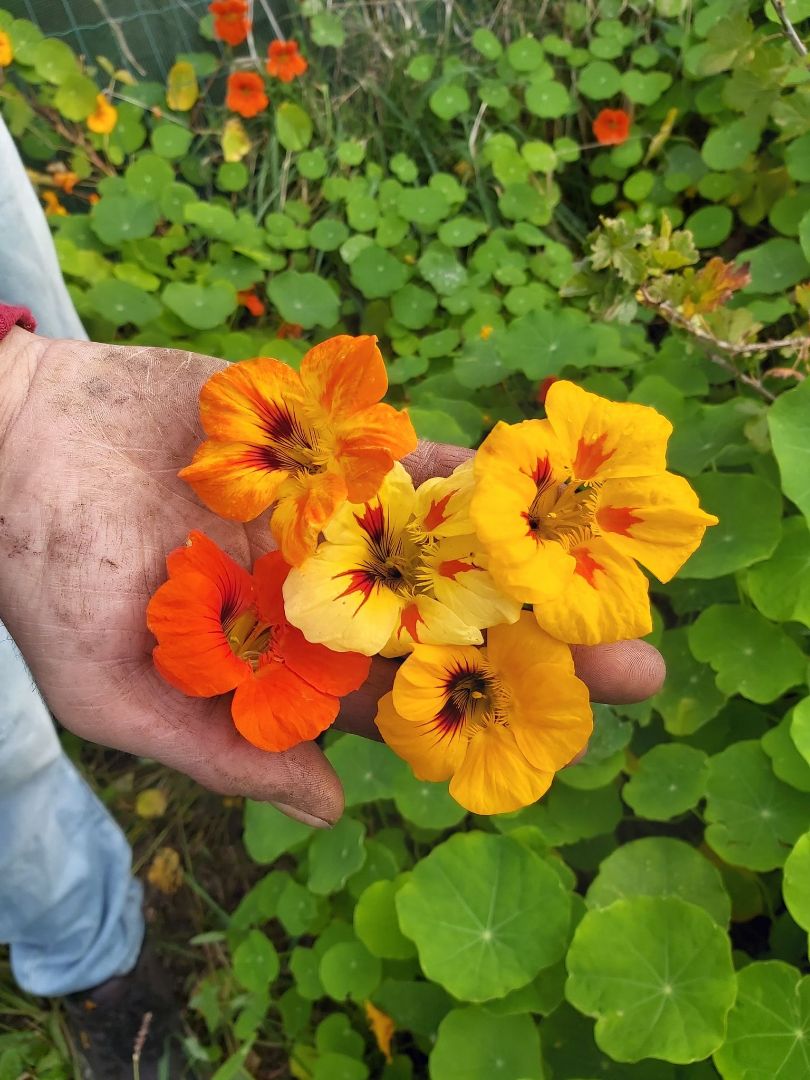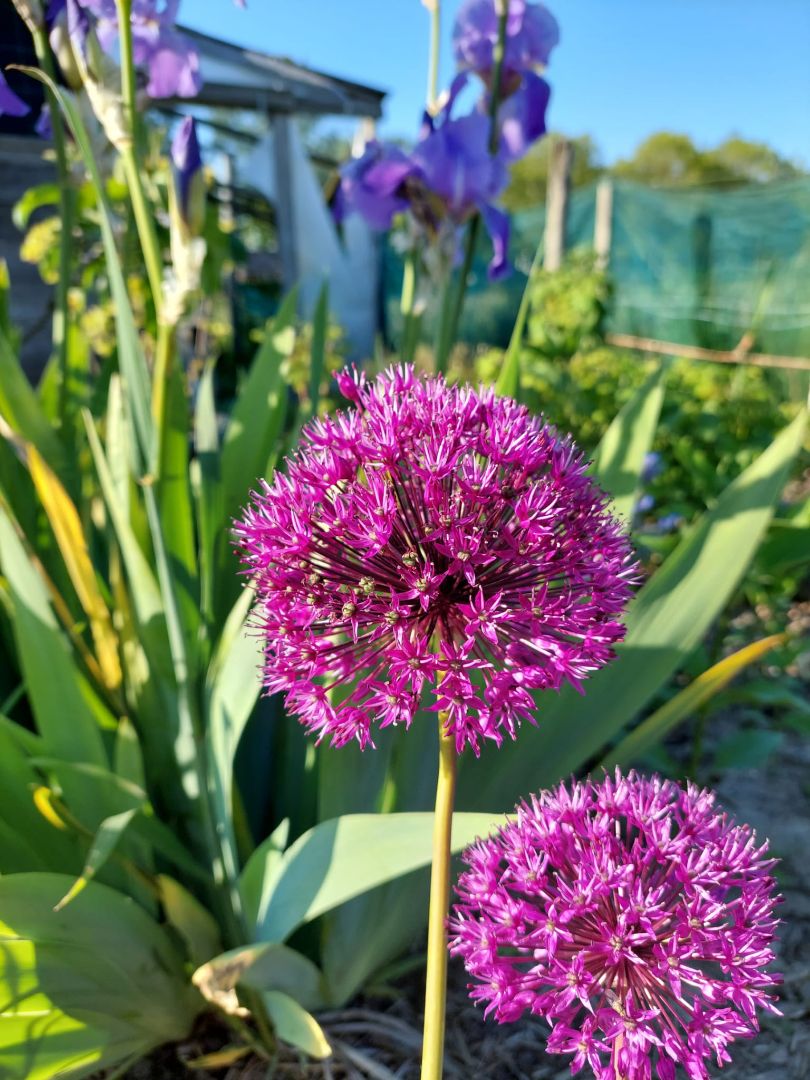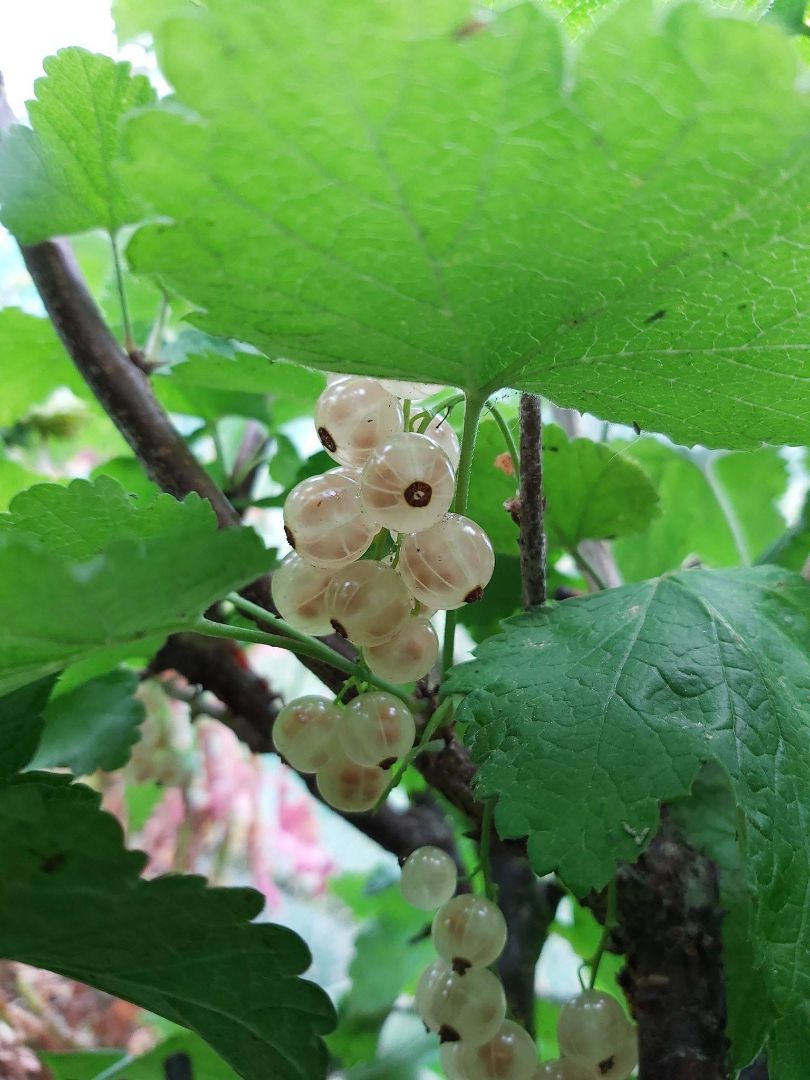Welkom bij Seeds Seedbank!




Verzenden
Onze producten worden zorgvuldig en met aandacht verpakt.
Verzendkosten:
Briefpost (zaden) wordt kosteloos verzonden.
Nederland kosten verzenden:
0-10 kg 7,50
10-23 kg 14,50
België kosten verzenden:
0-2 kg 10,00
2-5 kg 20,50
5-10 kg 26,00
10-20 35,50
Bij grote bestellingen komen we tegemoet in de prijs.